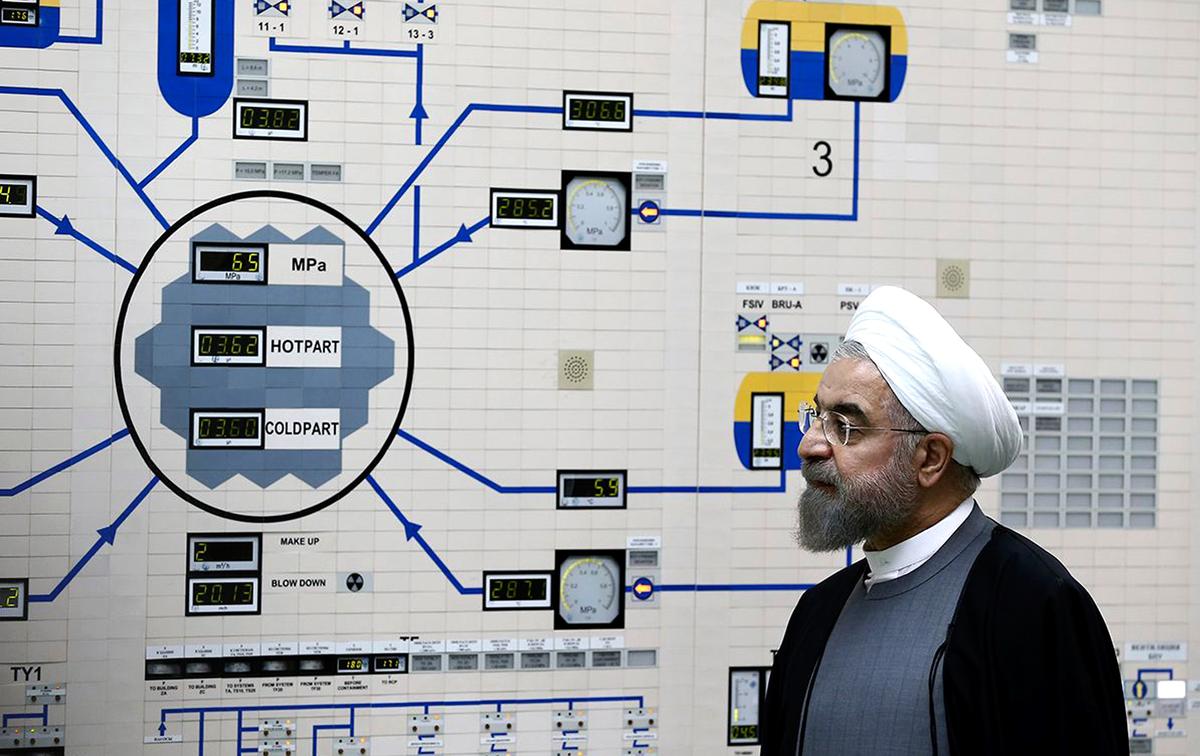Physical Address
304 North Cardinal St.
Dorchester Center, MA 02124
Physical Address
304 North Cardinal St.
Dorchester Center, MA 02124

The Iran-U.S. nuclear talks are back on, but they’re off to a rocky start. The first round, held in Oman, was described as “constructive,” yet disagreement over the next venue and rising tensions signal that the path ahead is far from smooth.
With uranium enrichment rising and military threats growing louder, the stakes couldn’t be higher.
Takeaway: The talks are active, but progress remains fragile—and the window for diplomacy may be closing.

Over the weekend of April 12–13, U.S. and Iranian negotiators met in Muscat, Oman, for indirect talks. Omani Foreign Minister Badr al-Busaidi acted as mediator.
While the two sides briefly spoke face-to-face, there was no public breakthrough. Iran reiterated it would only discuss the nuclear issue—not missiles, regional militias, or other U.S. concerns.
Takeaway: Both sides are talking—but only about what suits their agendas.
Initially, European diplomats pointed to Rome as the location for round two, scheduled for April 19. Italy’s Foreign Ministry even confirmed it.
But Iran rejected the move. On April 15, it announced the talks would stay in Oman, with no reason given. U.S. officials haven’t confirmed either location.
The venue confusion highlights the broader tension surrounding the Iran-U.S. nuclear talks—and the struggle for control over the process.
Takeaway: Even the venue is a negotiation—signaling deeper distrust beneath the surface.
President Trump has been vocal, accusing Iran of dragging its feet. He’s threatened airstrikes if no deal is reached, while also calling for a future where Iran is “rich and great.”
On April 15, Trump met with national security advisors in the White House Situation Room to outline U.S. strategy. The focus? Capping uranium enrichment at 3.67%, not full dismantlement—a sign of compromise.
Takeaway: Trump wants a deal fast—but keeps the military option on the table.

Supreme Leader Ayatollah Khamenei described the first round as “well executed” but warned against optimism. His bottom line: No deal without real sanctions relief and no uranium shipped abroad.
Iran wants the right to enrich uranium up to 20% and guarantees the U.S. won’t walk away again. Domestic expectations are rising—but Khamenei is trying to keep them in check.
Takeaway: Iran is engaging—but refuses to gamble without concrete guarantees.
IAEA Chief Rafael Grossi will arrive in Iran on April 16 to push for more nuclear facility access. Meanwhile, Iran is consulting with Russia and China—signaling it’s not just looking westward for support.
This international involvement adds a layer of complexity to the Iran-U.S. nuclear talks, especially as Tehran looks to counterbalance U.S. influence with help from strategic allies.
Takeaway: Iran is hedging its bets—with both international inspectors and global allies in the mix.

Iran’s uranium is now enriched to 60%—dangerously close to weapons-grade. Israeli leaders are watching closely, fearing a weak deal. U.S. military deployments in the region are rising, and so are tensions.
Failure to reach an agreement in the Iran-U.S. nuclear talks could trigger a dangerous chain reaction—from airstrikes to nuclear escalation.
Takeaway: The closer Iran gets to weapons-grade fuel, the more dangerous failure becomes.
The Iran-U.S. nuclear talks are back, but fragile. The first meeting in Oman avoided collapse. The second—wherever it ends up—will test whether both sides can move beyond posturing.
Trump’s timeline is short. Iran’s demands are firm. And the world is watching, hoping diplomacy beats confrontation.
Takeaway: Progress depends not on bold promises—but quiet compromises behind closed doors.
Daily News. No B.S. No Fluff. Just What You Need to Know.